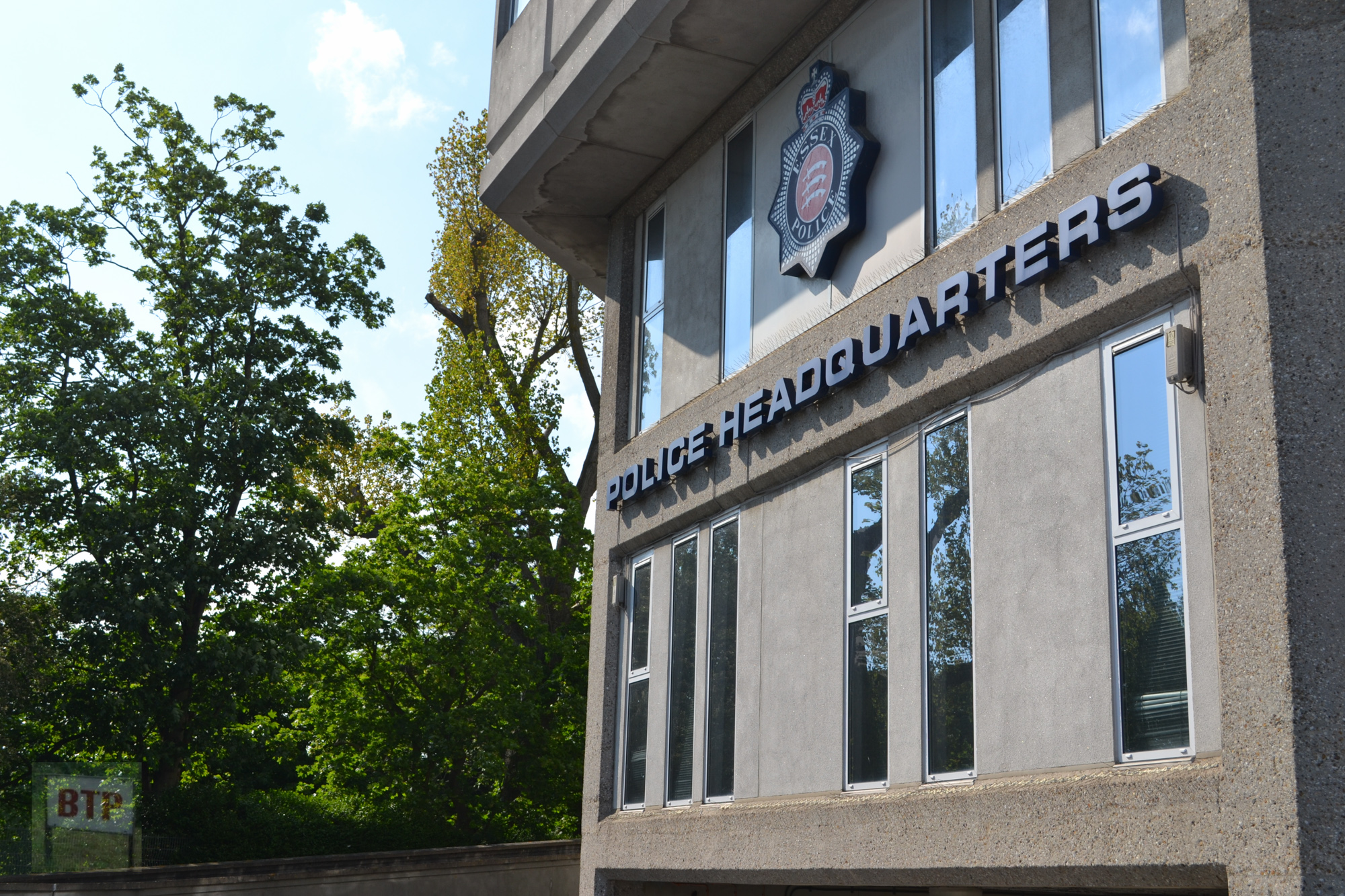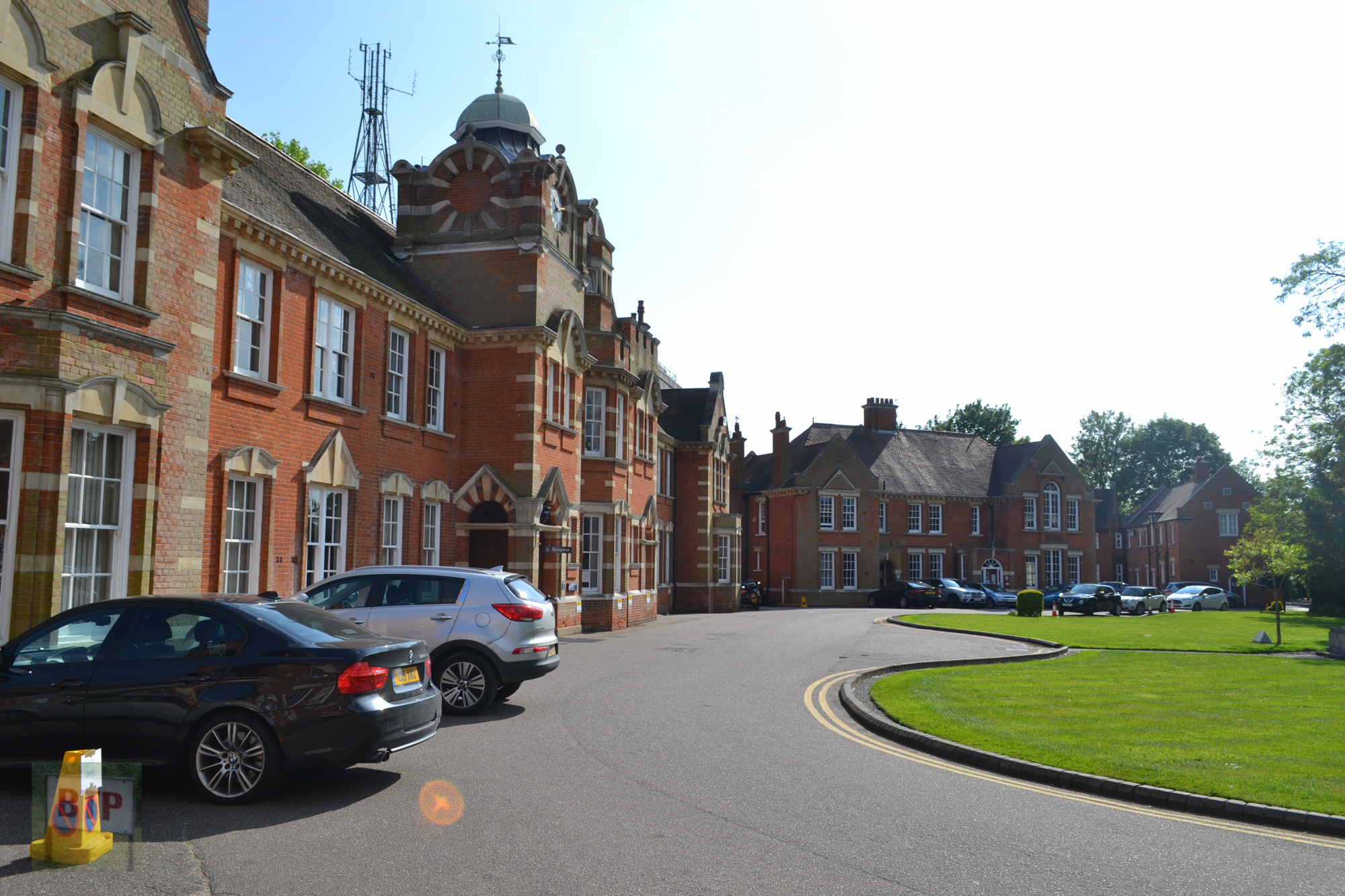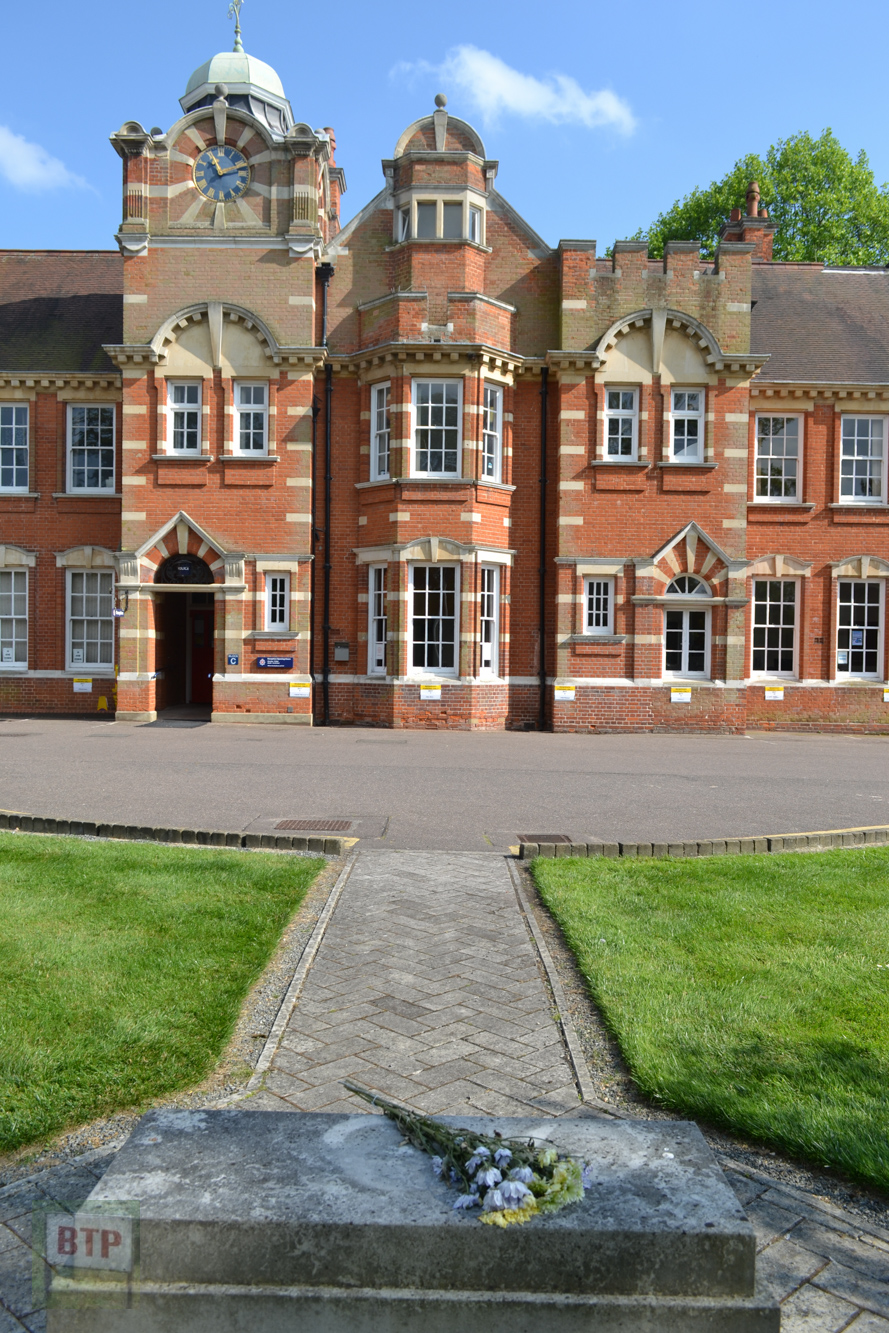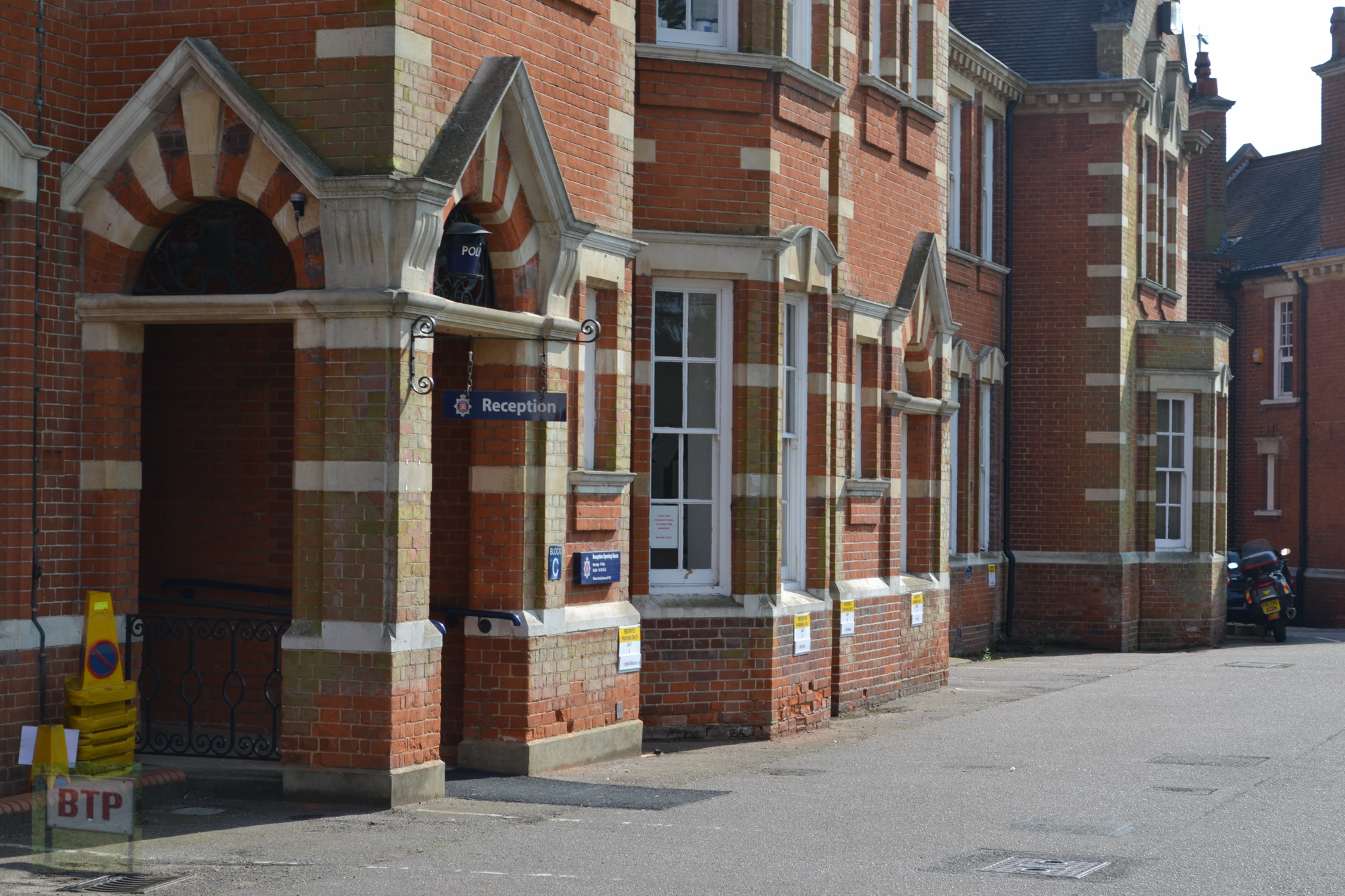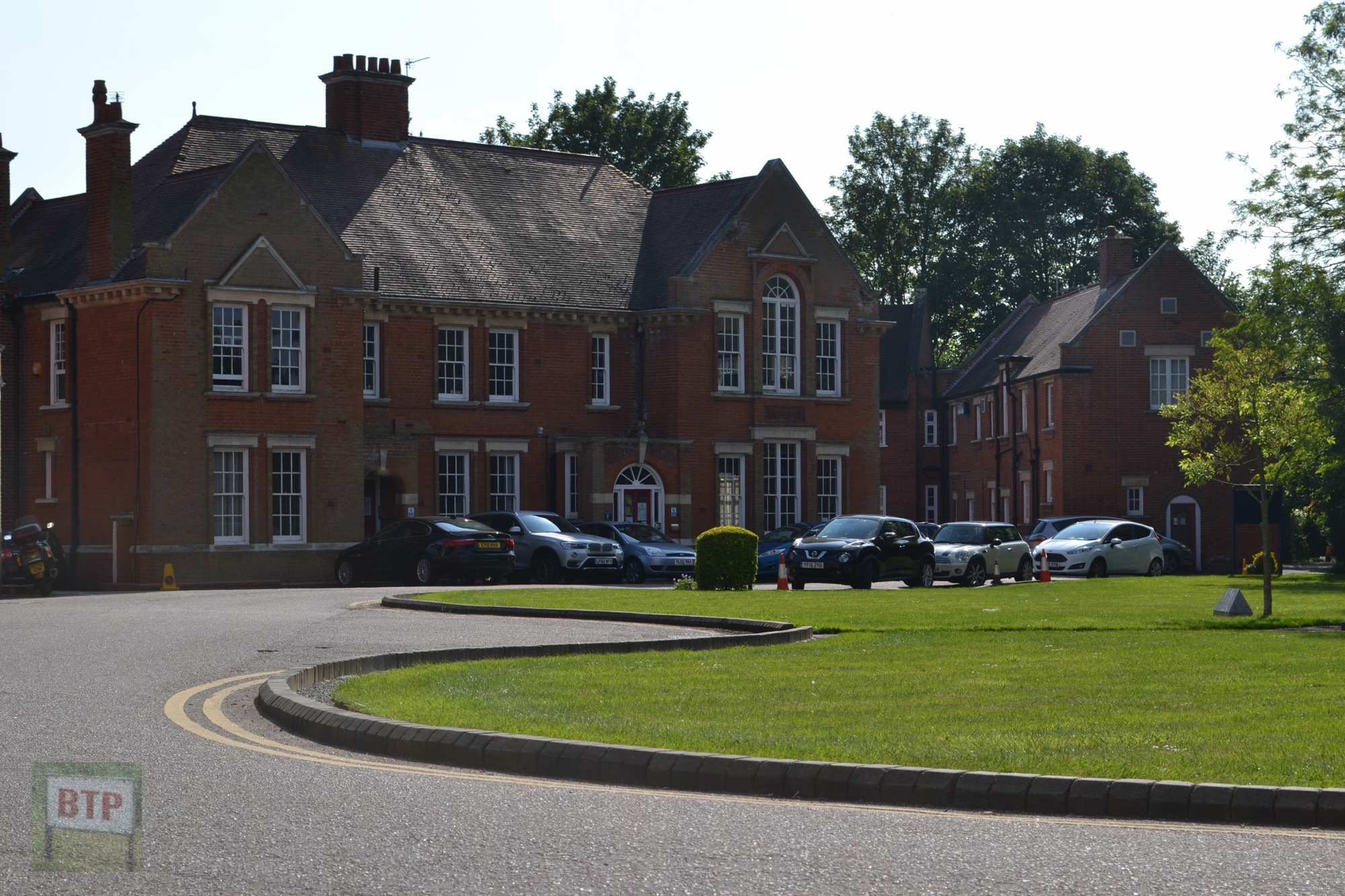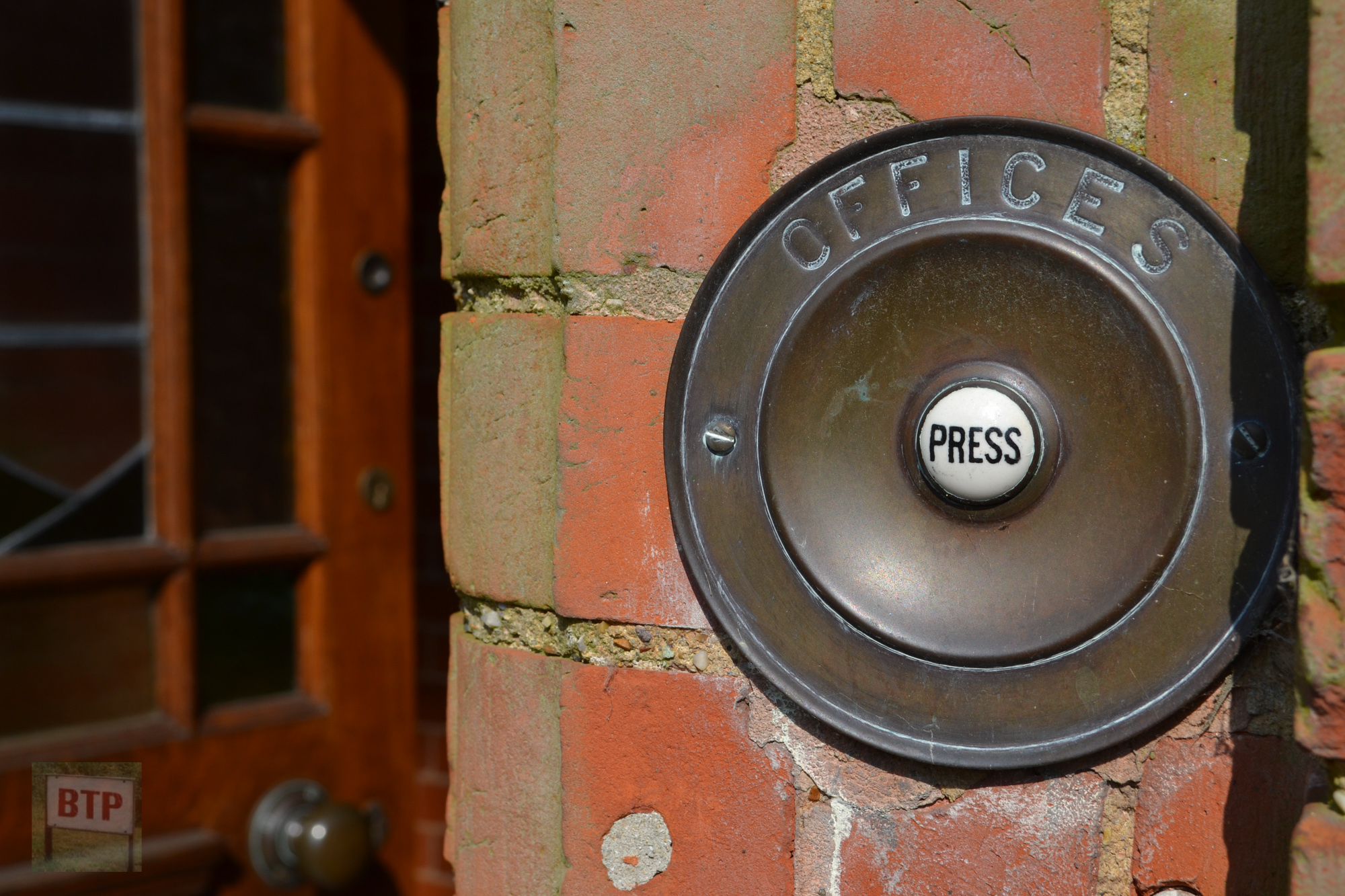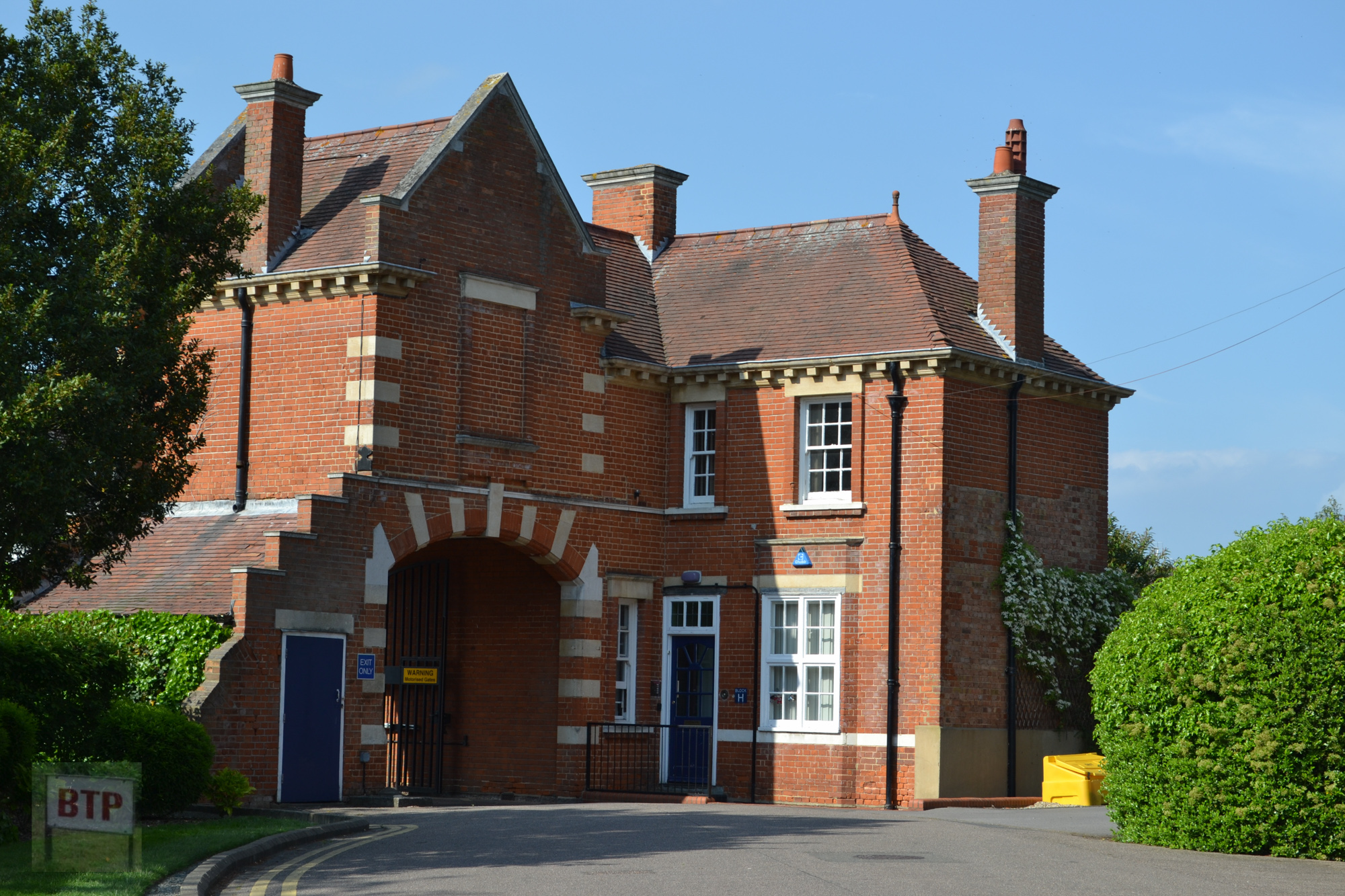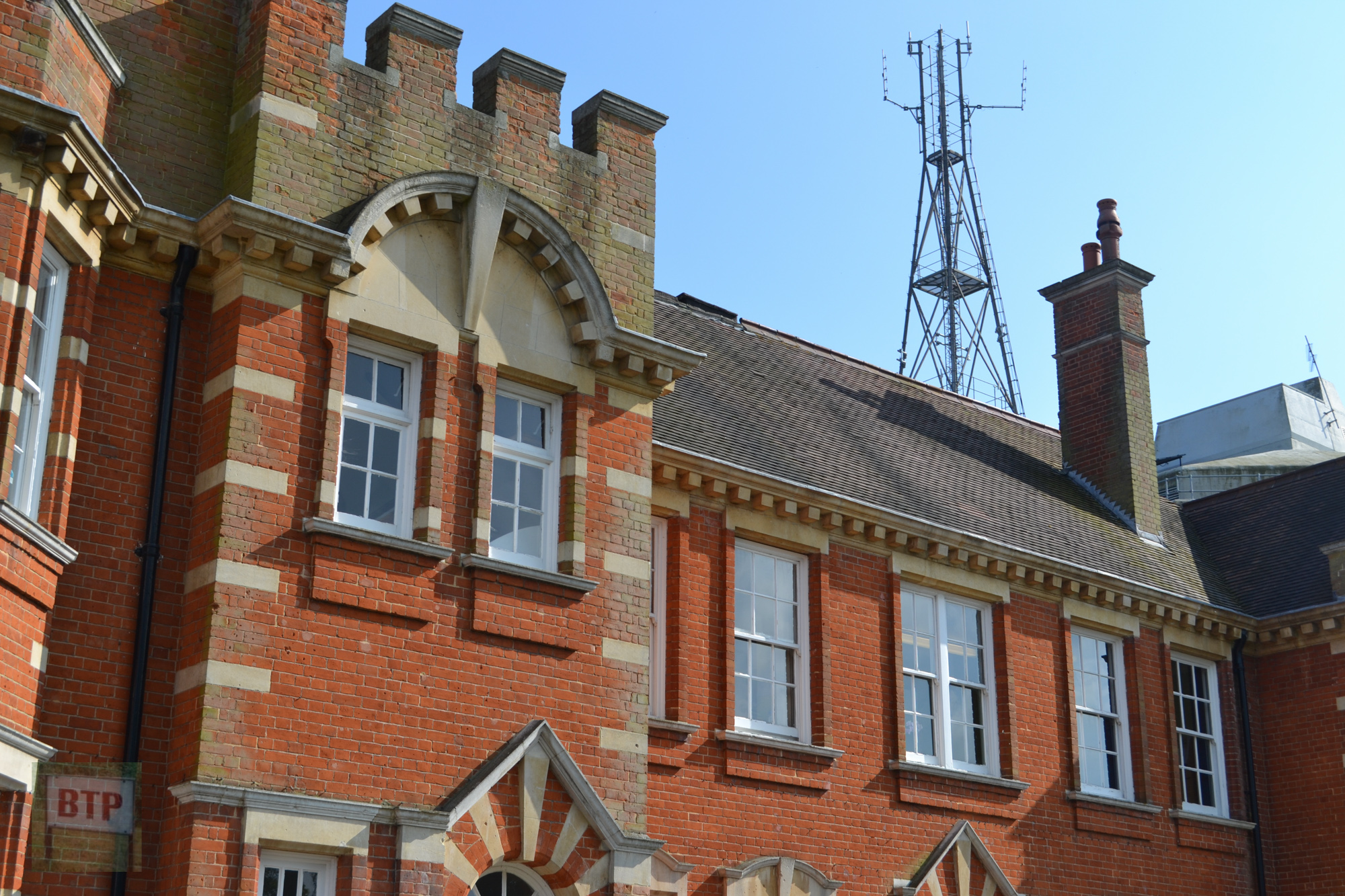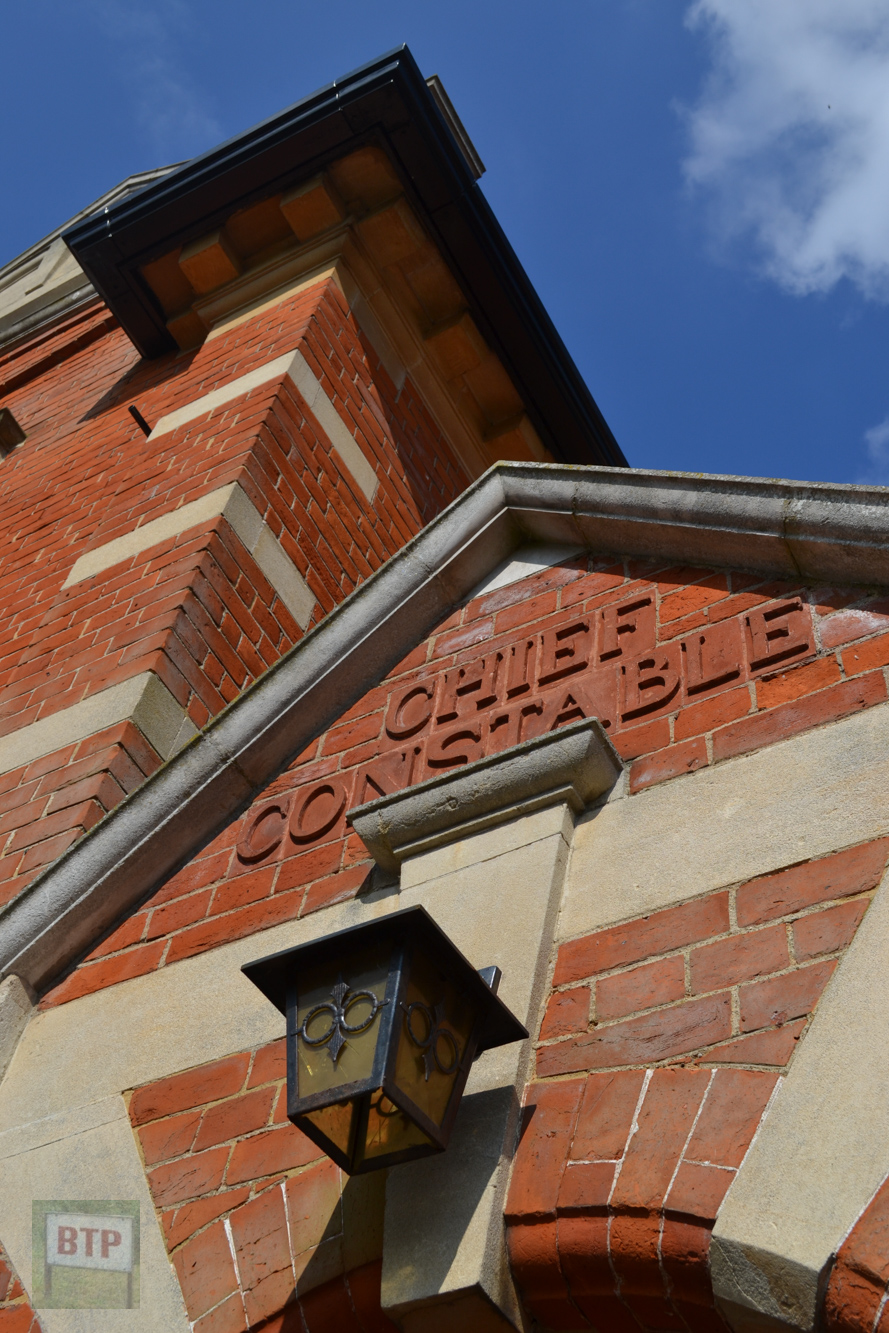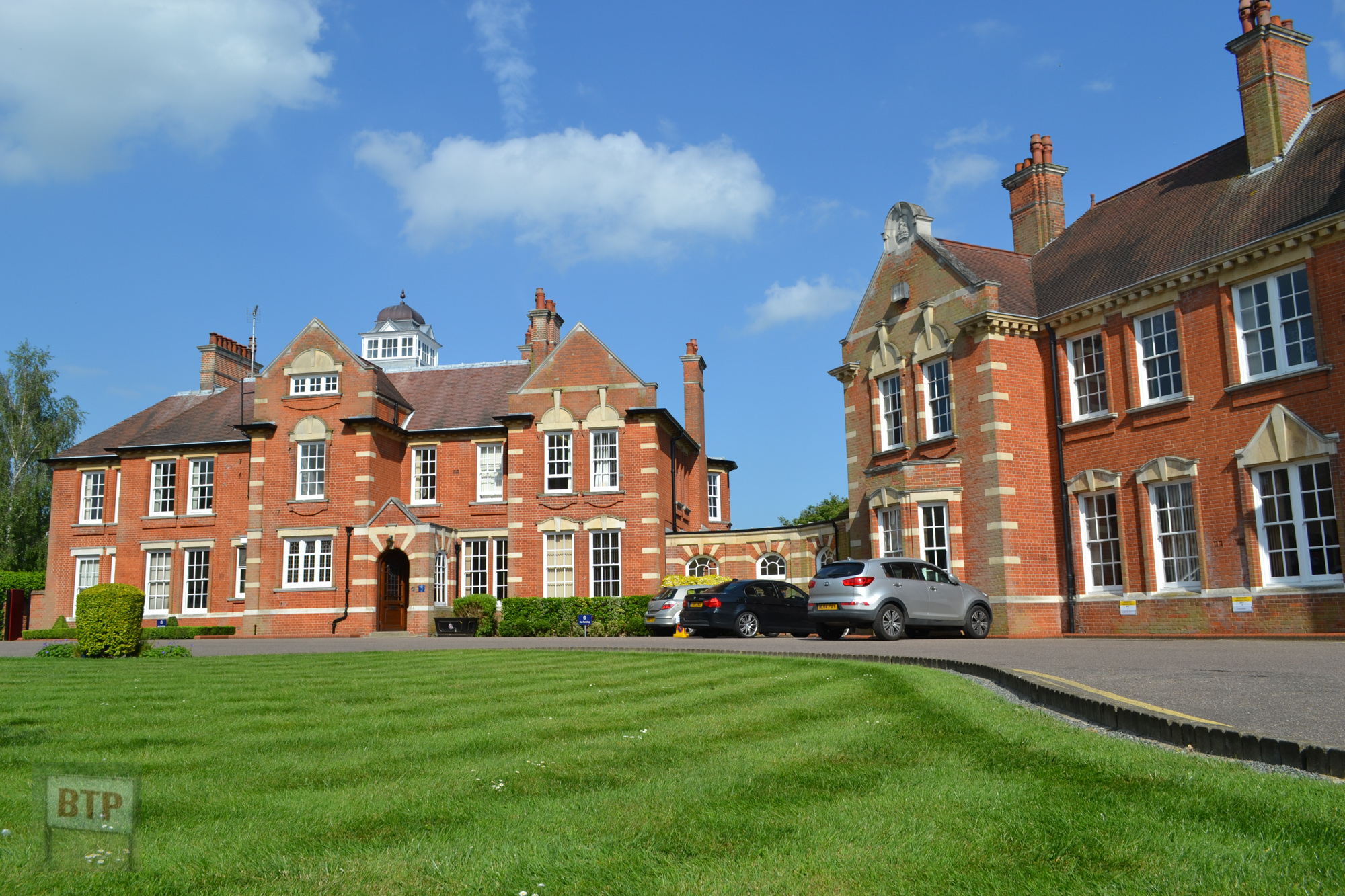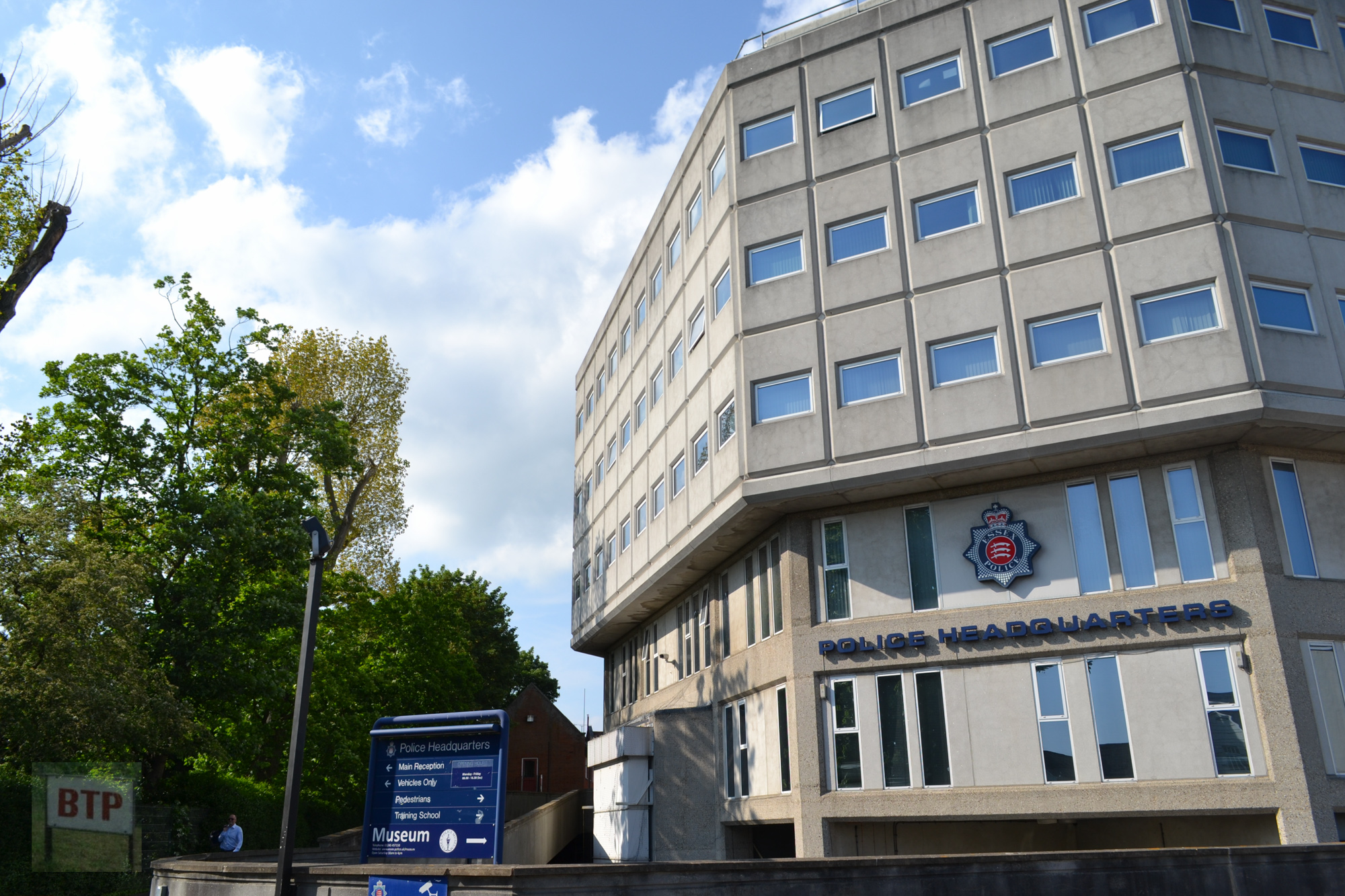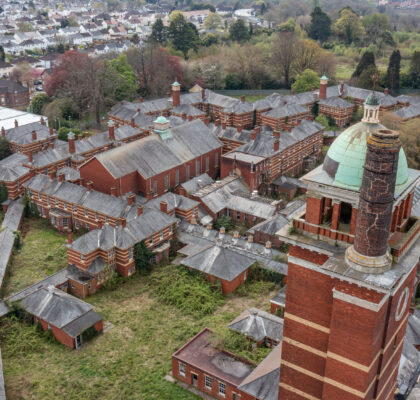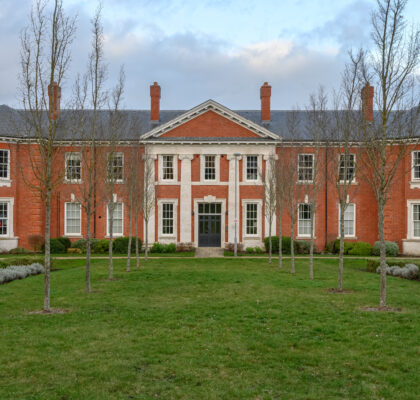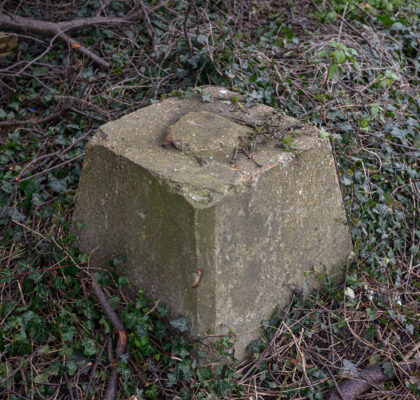Essex Police first dates back to 1840 when it was established as the Essex County Constabulary, based in the old military barracks in Arbour Lane, Chelmsford. Initially only one hundred constables and fifteen superintendents were appointed to the force, a fraction of the officers that the force has today. Constables were provided with a basic uniform of a blue dress coat, dress trousers, ‘undress’ trousers, waterproofed greycoat, cape, pair of boots and shoes and a black hat. The iconic police helmet wasn’t introduced until the 1870’s. By the end of 1840 the force had grown to 17 Superintendents, 18 Inspectors and 67 Constables – but no women.
The first purpose-built police station in Essex was constructed at Dunmow and opened in 1843 which consisted of stables and cells for a cost of £1,100. The station was in regular use until it was replaced by a new building in 2008. Saffron Walden police station was built in 1884 to replace Newport Gaol and is still in use today, making it one of the oldest, alongside Harwich station which was built in 1915.
In 1899 it was decided that a new Headquarters was need to replace their unsafe building. A three acre piece of land was purchased for £1,250 and is the current site where Essex Police are currently based. A competition was held with a prize of £100 to design the building and Chelmsford man Mr George Clare won. By September 1903 the building was complete and included offices, stables and accommodation for officers and recruits. The red-bricked Edwardian buildings are still in use today and at the time of construction it cost £18,000 which included furnishings such as electrical lights and hot and cold water.
The new Chief Constable’s House had 11 bedrooms, a dining room, a study and a wine cellar running the width of the house – which is apparently still there! In the late 1930s, all of the gardens at the rear of the administration block were cleared and turned into allotments. A strange structure at the end of the Deputy Chief Constable’s Garden was demolished – it was originally thought that this was a temporary holding place for prisoners although it was later discovered that this was a cage for where monkeys were kept.
The outbreak of the First World War saw the force drop to fewer than 500 officers. To temporarily replace the officers, no fewer than 500 special constables were recruited. Specials are voluntary members of the public who have full police powers, uniforms and equipment but work for free alongside their main job. It’s estimated that 10,000 were taken on between 1914 and 1919. Each officer was given a chart with diagrams on to spot the difference between German and English airships. In September 1916 two Zepplins were brought down over Essex. World War One gave women their first real chance of becoming involved in police work with most of them being tasked with dealing with women and children. Although the women were Specials, it wasn’t until 1946 that women were employed as police constables and given full powers.
In November 1940 a German air raid took place over Chelmsford just after 7pm, badly damaging the headquarters and killing two officers on guard duty. It was also during the Second World War that women were employed as Women Auxiliary Police Constables, working as clerks and telephonists at HQ and some stations. A communications department was formed at Essex Police HQ in 1948 with personal radios used from 1965.

